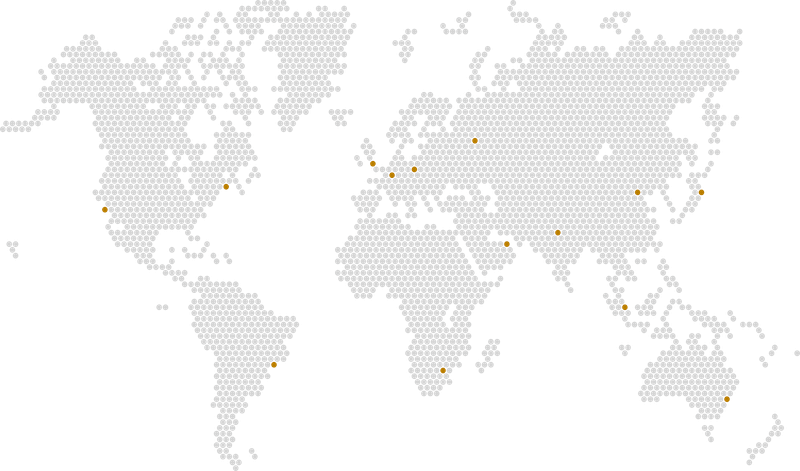
In the fast-paced world of manufacturing, every minute of unplanned downtime is a direct hit to your bottom line. We’ve talked about the high costs of bottlenecks, but what if the biggest bottleneck isn’t a person or a process—what if it’s the very equipment that powers your operation?
Many small and medium-sized businesses fall into a dangerous trap: reactive maintenance. This is the “fix-it-when-it-breaks” philosophy. It sounds simple, but it’s a silent killer that is draining your profitability, creating chaos on the factory floor, and costing you a fortune in lost production time.
This article will help you understand why a reactive approach to maintenance is so dangerous and how a proactive strategy can not only save you money but also transform your entire production line.
The True Cost of Waiting for a Breakdown
When a machine breaks down unexpectedly, it’s not just the cost of the repair you have to worry about. The hidden costs are often far more significant. This is especially true for small businesses where every dollar counts.
- Lost Production Time: This is the most obvious cost. Your entire production line might come to a screeching halt, delaying orders, missing deadlines, and leaving your clients frustrated.
- Rush Fees and Overtime: A sudden breakdown requires a fast fix. This often means paying a premium for replacement parts and for technicians to work overtime to get the machine back up and running.
- Safety Risks: A machine that breaks down without warning can pose a serious safety risk to your employees.
- Domino Effect: A breakdown in one machine can create a bottleneck that affects every other step in your manufacturing process, creating chaos and inefficiency.
In short, a reactive maintenance strategy doesn’t save you money—it guarantees you will pay more in the long run.
From Chaos to Control: The Power of Proactive Maintenance
The alternative to reactive maintenance is a proactive or preventive approach. This involves a planned strategy of regular inspections, servicing, and part replacements to keep your machinery running smoothly and to prevent unexpected breakdowns.
A proactive approach has multiple benefits that are key to operational excellence:
- Predictable Production: When you know your machines are in good condition, you can predict your production output with greater accuracy. This allows for better planning, more reliable delivery dates, and a higher level of customer satisfaction.
- Reduced Costs: By scheduling maintenance, you can often save money by avoiding rush fees and emergency repairs. You can also purchase parts at a better price and at a more convenient time.
- Improved Safety: By regularly inspecting your machinery, you can identify potential safety risks and address them before an accident happens.
- Increased Equipment Lifespan: A well-maintained machine will last longer, which means you won’t have to replace expensive equipment as frequently.
Signs Your Maintenance Strategy Is Outdated
How do you know if your maintenance strategy is reactive? Here are a few tell-tale signs:
- Your maintenance budget is mostly spent on “emergency repairs.” If you’re constantly putting out fires, your strategy is reactive.
- You don’t have a maintenance schedule. If you’re not planning your maintenance, you’re not in control.
- Machine downtime is unpredictable. If you’re constantly surprised by breakdowns, your strategy is not effective.
- Your team is stressed and overworked. Unpredictable repairs can lead to a chaotic work environment and employee burnout.
Making the Shift: Your First Step
Transitioning from a reactive to a proactive maintenance strategy can feel overwhelming, but it doesn’t have to be. The first step is to get a clear picture of your current situation. You need to know which machines are most critical to your operation, and which are most likely to fail. You can also discover in this article 5 Common Bottlenecks in Manufacturing and How to Spot Them.
At UPKAIZEN, we help businesses like yours make this transition. Our Production Efficiency Micro-Diagnostic is designed to identify the critical points in your operation that are costing you the most money, including an analysis of your maintenance strategy.
We can help you create a data-driven plan to move from a reactive, costly approach to a proactive, profitable one.
Don’t let a faulty machine stop your business. Take control of your operations and unlock your full potential.
Get our free guide: “The 5 Silent Killers of Your Production” and start taking control of your business today!





